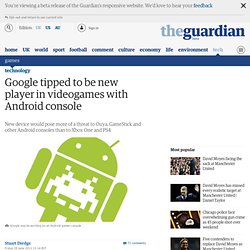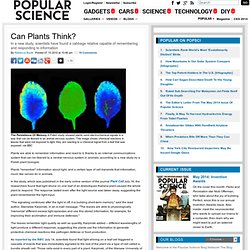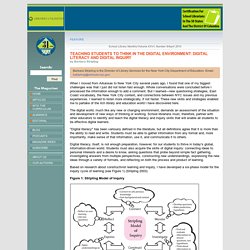

Google tipped to be new player in videogames with Android console. Google's range of Nexus smartphones and tablets has established it as a seller of own-brand Android hardware, even if it gets other companies to make the devices.

Now it may be planning to enter the games console market. At least, that's what the Wall Street Journal is claiming, with an unequivocal statement in a report on Google's plans to match Apple unannounced-product for unannounced-product in the coming years. "Google Inc. is developing a videogame console and wristwatch powered by its Android operating system, according to people familiar with the matter, as the Internet company seeks to spread the software beyond smartphones and tablets," claims the report, which also predicts a new version of Google's never-commercially-released Nexus Q media streamer.
"The Internet giant hopes to design and market the devices itself and release at least one of them this fall, they added. " Google would certainly be on-trend with an Android-based games console in 2013. Can Plants Think? Plants are able to remember information and react to it, thanks to an internal communications system that can be likened to a central nervous system in animals, according to a new study by a Polish plant biologist.

Plants "remember" information about light, and a certain type of cell transmits that information, much like nerves do in animals. In the study, which was published in the early online version of the journal Plant Cell July 16, the researchers found that light shone on one leaf of an Arabidopsis thaliana plant caused the whole plant to respond. The response lasted even after the light source was taken away, suggesting the plant remembered the light input. "The signaling continiues after the light is off; it is building short-term memory," said the lead author, Stanislaw Karpinski, in an e-mail message.
"The leaf would be loaded up with starch, maybe; that's going to have a real effect on how it communicates through the phloem (vascular system) to other leaves. Helen Beetham: Digital Literacy and the Role of the University #LTAlectures. Digital Literacy across the Curriculum handbook. This handbook introduces educational practitioners to the concepts and contexts of digital literacy and supports them in developing their own practice aimed at fostering the components of digital literacy in classroom subject teaching and in real school settings.

The handbook is aimed at educational practitioners and school leaders in both primary and secondary schools who are interested in creative and critical uses of technology in the classroom. Although there is increasing policy and research attention paid to issues related to digital literacy, there is still relatively little information about how to put this into practice in the classroom. There is even less guidance on how teachers might combine a commitment to digital literacy with the needs of their own subject teaching. How can digital literacy be fostered, for example, in a maths or science lesson? This handbook is also supported by case studies of digital literacy in practice which can be downloaded here. Reading revolutions: Online digital text and implications for reading in academe. Teaching Students to Think in the Digital Environment: Digital Literacy and Digital Inquiry. School Library Monthly/Volume XXVI, Number 8/April 2010 Teaching Students to Think in the Digital Environment: Digital Literacy and Digital Inquiry by Barbara Stripling Barbara Stripling is the Director of Library Services for the New York City Department of Education.

Email: bstripling@schools.nyc.gov When I moved from Arkansas to New York City several years ago, I found that one of my biggest challenges was that I just did not listen fast enough. The digital world, much like any new or changing environment, demands an assessment of the situation and development of new ways of thinking or working. "Digital literacy" has been variously defined in the literature, but all definitions agree that it is more than the ability to read and write. Digital literacy, itself, is not enough preparation, however, for our students to thrive in today's global, information-driven world. Figure 1: Stripling Model of Inquiry Characteristics of the Digital Environment Figure 2.
Connect Contextualization. Focus. Proving the value of digital and information literacy in higher education through Project DELILA. As Project DELILA prepares to come to a close, Jane Secker writes about how the project has aided the development of new and innovative teaching methods and has embedded digital and information literacy into teaching qualifications at higher education level Bringing together librarians, educational developers and learning technologists from a range of institutions, Project DELILA has proven the potential and value that digital and informational literacy can have for higher education teaching.

The Developing Educators Learning and Information Literacies for Accreditation Project (DELILA) is part of a series of projects to release a set of open educational resources (OER) and has focussed on releasing materials relating to digital and information literacy that are suitable for use in teacher accreditation programmes in higher education. Definitions OERs and Creative Commons Project Outputs Conclusions.